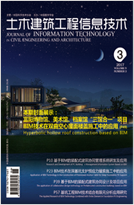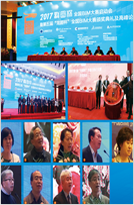Abstract:
Building information modeling (BIM) projects are conducive to the exchange of information between project team members, reduces conflicts and disagreements within the team, and have significant effects in project cost, three-dimensional visualization, construction sequence issues and conflict resolution. The research examines the social network characteristics of BIM projects, reveals the organizational network characteristics of the project by analyzing the information flow characteristics of the participants in the BIM project. Then we uses project performance as a measure to filter out the optimal social network structure for the BIM project, and provides relevant opinions on the construction of BIM project information flow. The study introduced key performance indicators (KPIs) to measure project performance, used social network indicators such as density, average degree, diameter, and average path length to reveal the network characteristics of different BIM projects, and finally revealed a significant correlation between project social networks and KPIs. The result shows that a highly tight social network between groups is more conducive to the improvement of project performance, and effective improvement of the quality of communication between groups is a necessary condition for establishing an optimal social network. However, the average degree index of the network should be viewed dialectically. A high average degree indicates that the network has excellent communication capabilities, but from the perspective of power quantification, it also means that there may be highly centralized nodes.










 下载:
下载: